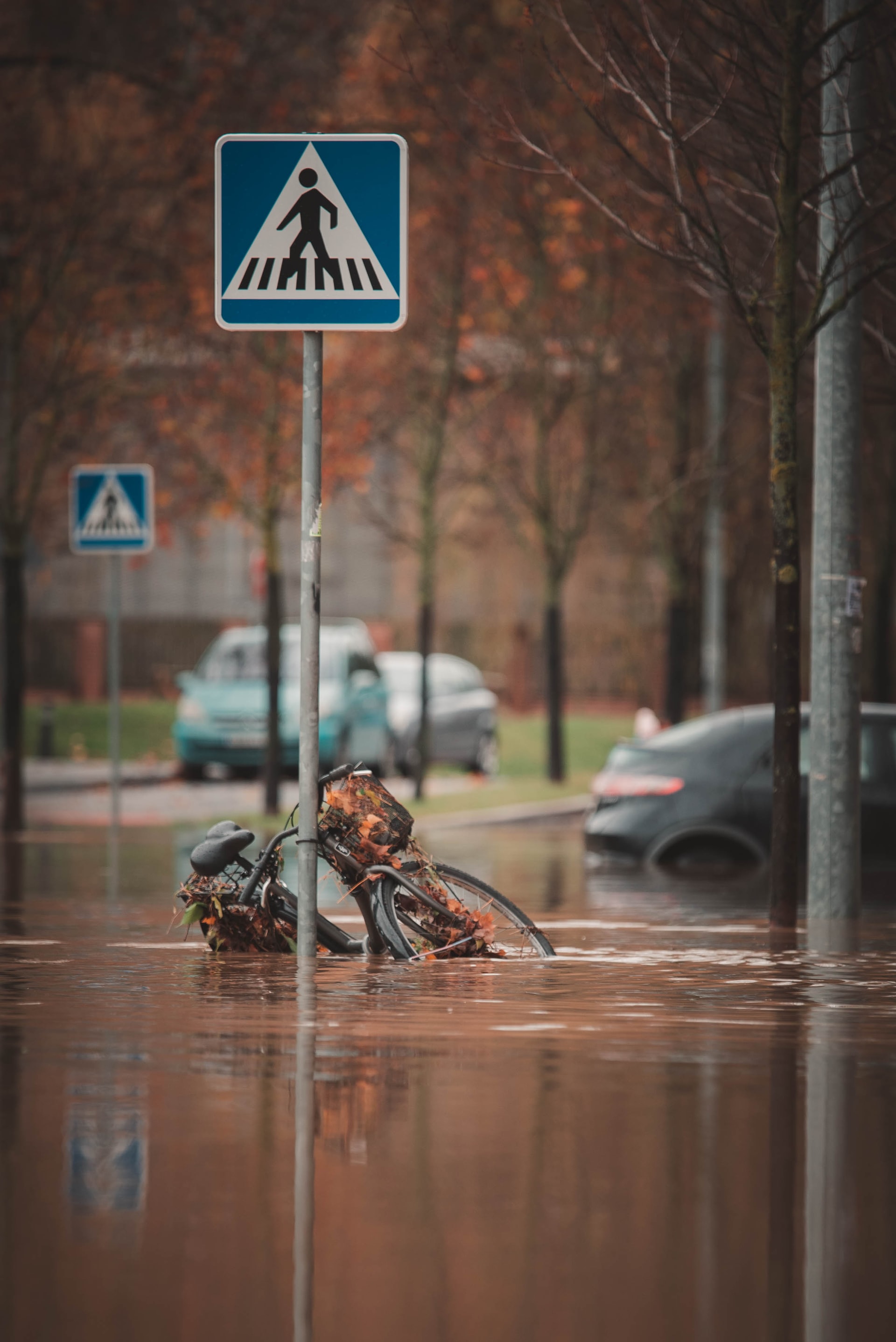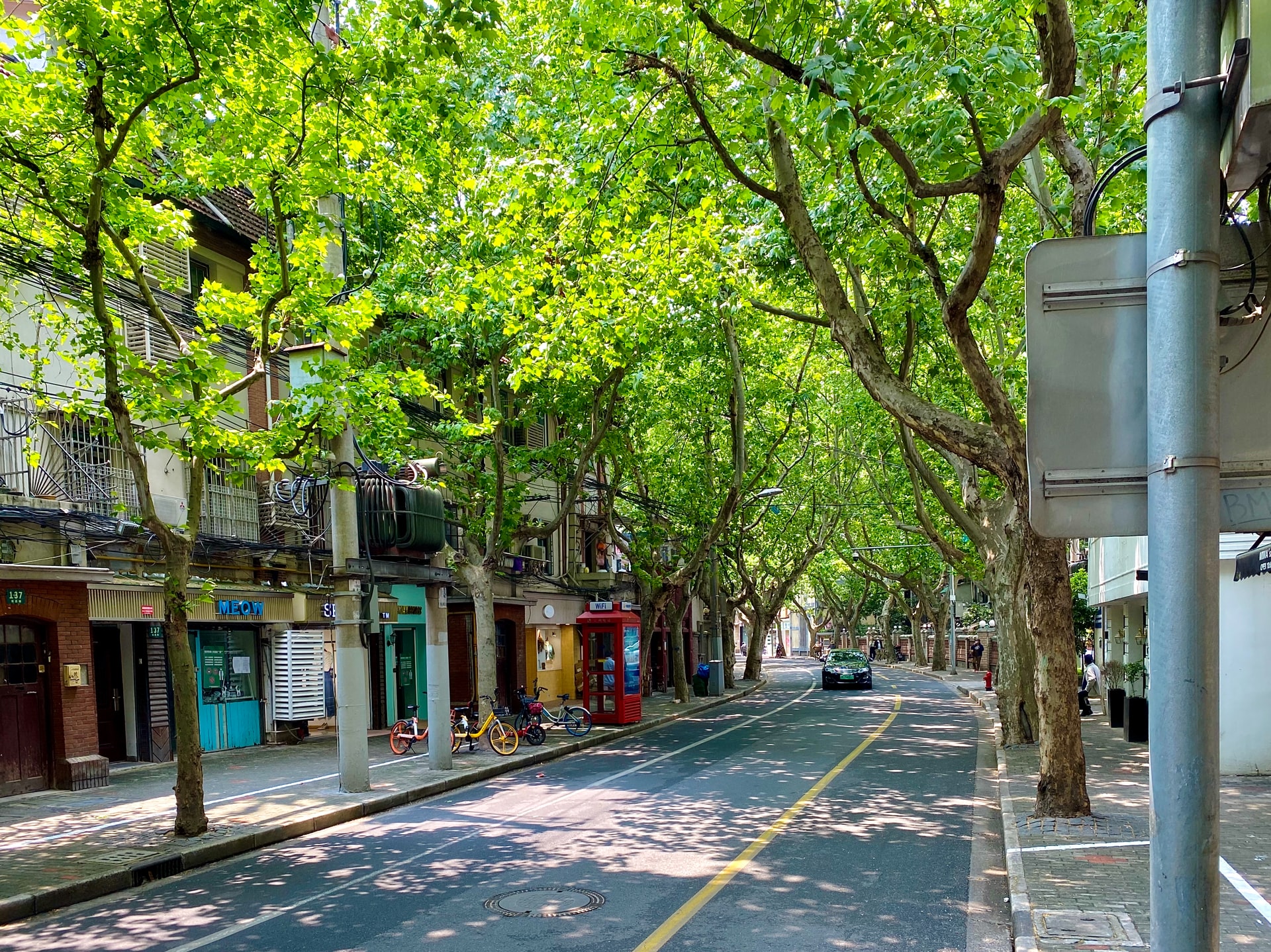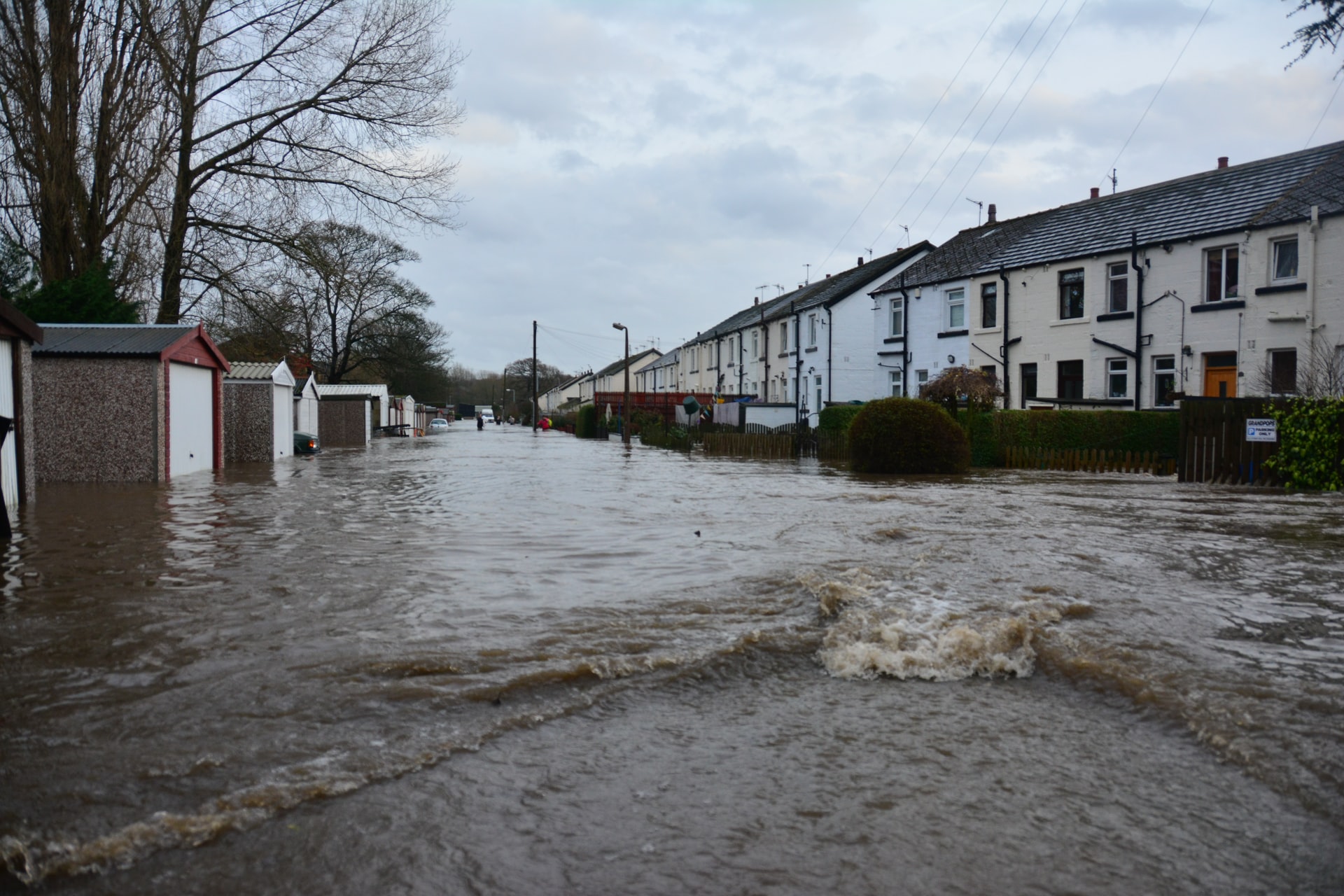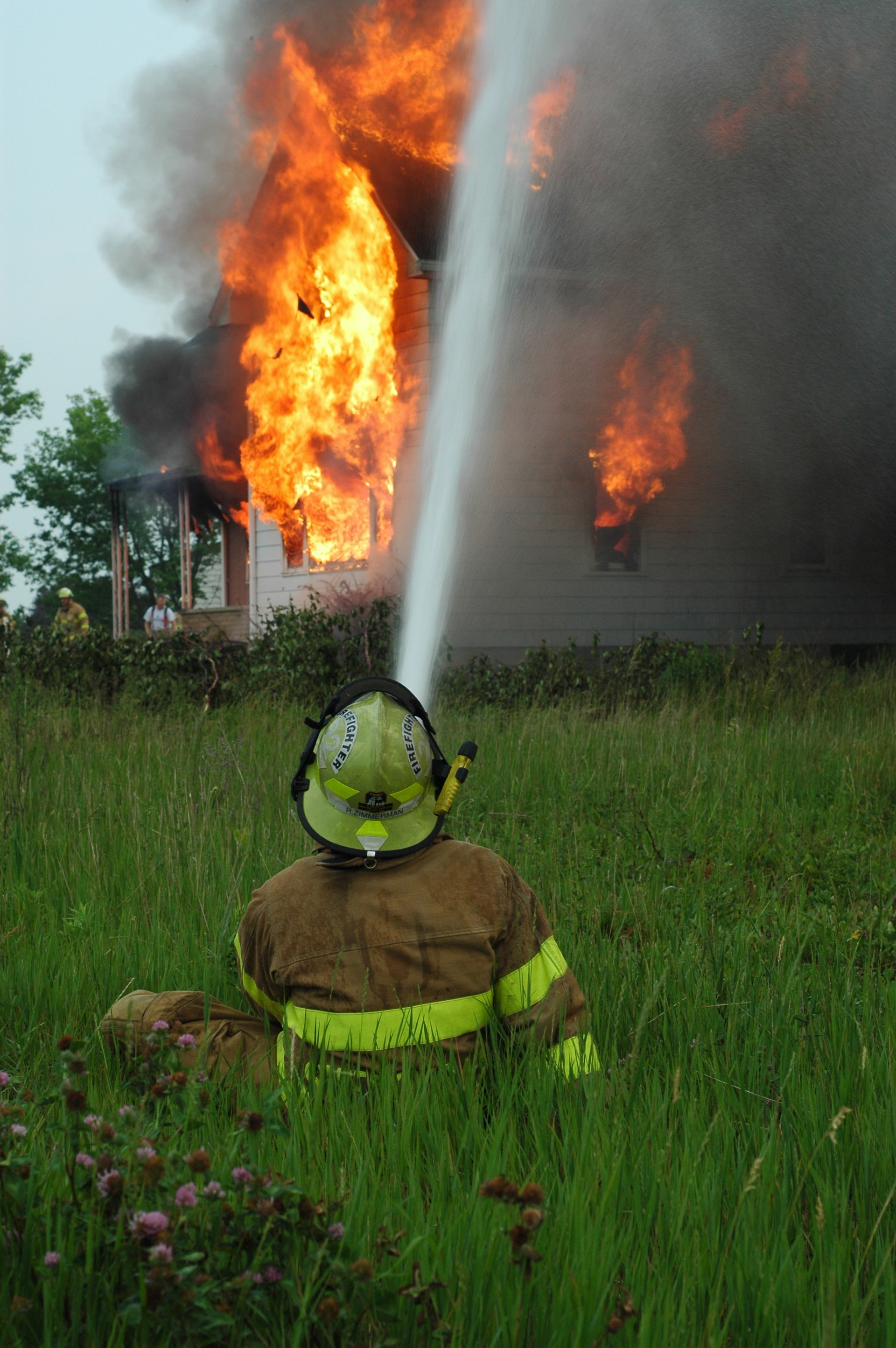How to build Climate Resilience

Climate change is already underway despite any efforts we may take to mitigate its impact or cease environmentally-destructive behaviours and activities.
This means that we should not only be reducing our environmental impact, but become resilient to the impacts of climate change as well. Countries, cities, communities, and individuals need to be able to cope with extreme weather events, sea-level rise, and other climate impacts.

According to the Centre for Climate and Energy Solutions, climate resilience is “the ability to anticipate, prepare for, and respond to hazardous events, trends, or disturbances related to climate. Improving climate resilience involves assessing how climate change will create new, or alter current, climate-related risks, and taking steps to better cope with these risks.”
Resiliency really is key to building a safe and sustainable future.
Resilient cities and communities
Resiliency must be tackled at all levels. In the public realm, it is important for cities and communities to implement climate-resilient infrastructure and planning principles.
There are a variety of criteria and indicators that are associated with the resilience of cities.
Transportation
For example, when considering transportation, resilient cities will have high frequency schedule public transportation, bike lane connectivity, connectivity of pedestrian routes, and walking trails that link with public transportation routes. These features combine to reduce the reliance on private vehicles to get around the city.
Green Infrastructure
Green infrastructure is another very important component of resilient cities. Green infrastructure is defined as the natural vegetative systems such as green spaces and trees in urban areas that provide us with environmental, societal, and economic benefits.

Climate change leads to extreme weather. Cities are likely to experience heavy rains and flash floods that cause serious damage to our parks, streets, and homes. On the other hand, we can expect to experience hot and dry periods as well. One way to increase the resiliency of cities is by prioritizing green spaces.
Green spaces soak up and filter rainwater, therefore preventing storm water from accumulating in the streets and storm sewers and reducing the number of pollutants that enter our water table. In times where we experience extreme heat, trees come to the rescue by providing shade and cooling cities through water evaporation.
Common green infrastructure elements within cities include permeable paving that allows water to infiltrate to the ground below, urban forest conservation, plentiful and interconnected greenspaces, storm water management ponds, and green roofs.
Biodiversity
On a similar note, climate resilient cities are biodiverse. Ecosystems with many different species can be considered diverse, and diverse ecosystems tend to be resilient ecosystems. If one species is lost, another one can take its place, and the whole system can continue to function. This is part of the reason why preserving biological diversity is so important. It helps to protect the functioning of ecosystems.

Cities and communities may enhance and protect biodiversity through rewilding, the conservation of ecologically vulnerable areas, and the restoration of habitats. It is also important to ensure that our urban tree canopies are diverse. In doing so, there is a lesser chance that invasive species will wipe out the entire urban tree population.
Resilience at Home
While it is important for our cities and communities to be climate resilient, individuals and families should also prepare for the effects of climate change. After all, it is better to be safe than sorry!
A good place to start is with the home. It is becoming necessary for more and more residences around the world to adopt building techniques that can withstand climate change related events. Climate resilient housing features will depend on the area in which you are living, as well as the climate threats you are likely to face. For example, housing located in coastal areas should be designed with hurricanes and flooding in mind, while inland areas may be more concerned with tornadoes.
On top of that, housing throughout the world should also be designed to withstand forest fires, drought, heavy rain and snowfall, power outages, and other extreme weather situations.
Flood proofing

Flooding is a major concern, as it can cause significant damage and loss of life. Therefore, if you are located in a flood-prone region, it is important to take preventative measures. For example, downspouts should direct water away from houses, backflow prevention devices on the swear drain can prevent major problems of swear backflow, sump pumps help pump water out of basements, and foundation sealants prevent flood water from leaking into your house through cracks.
If you’re building a new house or remodelling an existing home, you may also want to consider relocating your furnace and electrical panel to upper floors to prevent damage.
Also consider how "finished" you should make your basement. Carpeting and anything that covers the floor drain can cause further damage and mean that those finishings end up in the landfill if and when water enters the home. We have a semi-finished basement with concrete floors and all of our furniture up on blocks in the basement to avoid the routine seepage events that occur in this part of the country during spring menlt.
And of course, your home should be graded to have the soil slope away from the foundation to avoid water pooling and entering the building. These very simple and often low-cost measures can save thousands in potential damage.
Fireproofing

It is equally as important to guard your home against fires. Fireproofing your home has a lot to do with landscaping. For example, dry or dead vegetation around your home is a huge fire risk. Although it can be time consuming, it is important to cut down dead trees and prune dead branches or dry shrubberies.
In a similar vein, it is useful to clean out your gutters regularly. Gutters can accumulate vegetation and other debris that are likely to catch fire during dry seasons. The same thing can be said for dry leaves in the fall that accumulate around your home. Its best to stay on top of raking and other types of maintenance that involve the removal of needles, leaves and other debris.
You will also want to look at the materials within your home. For example, windows will likely smash when exposed to extreme heat. Therefore it is useful to invest in double or triple pane windows. These windows will come in handy during cold weather as well!
Fireproof doors are also useful in reducing fire spread within your home. These doors just might give you the time you need to escape safely.
Check out this article to learn about the top three ways to make housing more climate resilient.
Evacuation plans
Speaking of escaping…having a solid evacuation plan is one of the most important things you can do to be prepared in an emergency. Evacuation plans should be devised with and understood by everyone within the household.
Starting out with a map of your home is a good place to start. You can use this map to locate emergency exits and pathways. It is also a good idea to establish a safe place for members of your household to meet outside your home and outside your neighbourhood.
Don’t forget to include people who require assistance or pets in your evacuation plan!
Finally, establish an out-of-town contact person to stay with or reach out to in case of an emergency. Make sure this person lives far enough away that they will likely not be affected by the same event.
Emergency Supply Kit

In the event of an emergency, it is also a good idea to have an emergency supply kit on hand. Some essential items to include in this kit are:
- Water
- Non-perishable food
- Medications – what kind you add to the kit will depend on individual or family needs
- Copies of important documents such as passports or driver’s licences
- Flashlight and extra batteries
- First aid supplies
- Charger for cellphones
Stay connected with news and updates!
Join my mailing list to receive the latest news and updates. Your information will not be shared.

